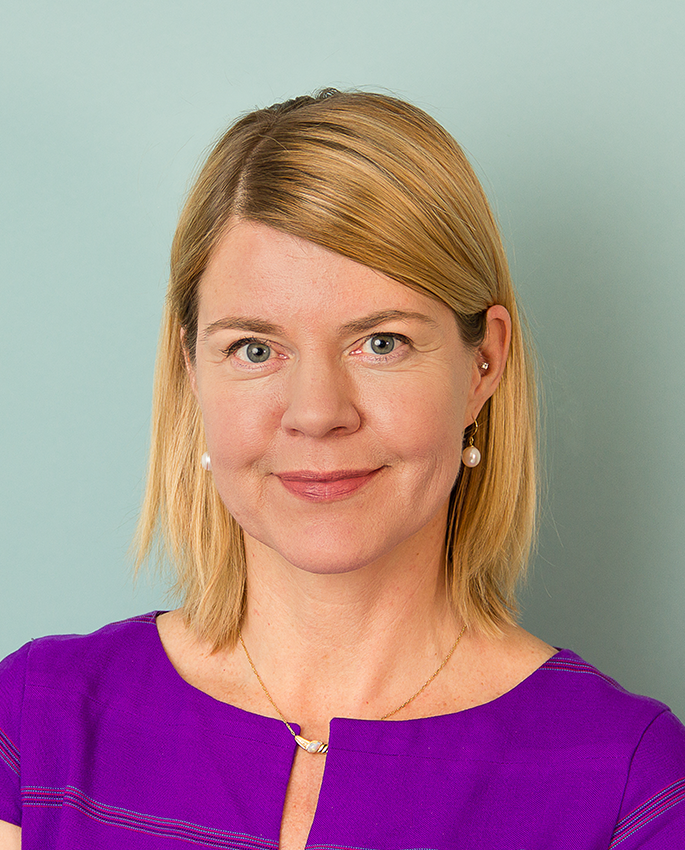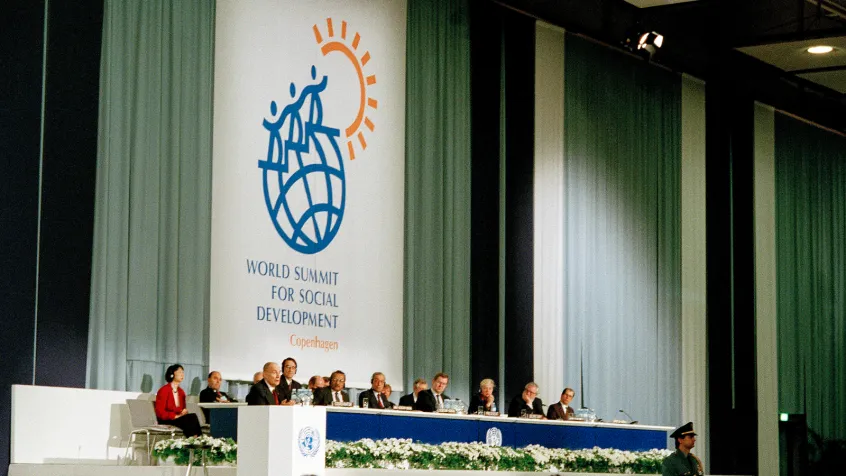
“We need a change in our political culture and tradition if we want to attract more women candidates to run for elections,” Democratic Party MP Shuhei Kishimoto said recently.
Why are women so underrepresented in political life in Japan? This was the question myself and my colleague Rumbidzai Kandawasvika-Nhundu asked from our interlocutors during our five day visit to Tokyo. We had been invited by the Sasakawa Foundation to support their project on women’s political representation in Japan and to meet members of parliament, senators, academia and civil society.
Interestingly, the very same question was put forward by many of them to us. The answer is crucial in choosing the right strategy to remedy the situation and to implement the Basic Act for Gender Equal Society and its target of 30 per cent of women in all levels of political decision-making by 2020.
State of play
So where does Japan stand in comparison to the rest of the world? On related indicators such as the level of women’s higher education, literacy rate and GDP, Japan is scoring well. Even if society is aging and economy slowing down. In addition Japan’s parallel electoral system includes elements of proportionality, considered more favourable to women than purely majoritarian systems. And yet, women have only 9,6 per cent representation in Japan’s house of representatives (lower house) which places the country at 156 out of 191 surveyed countries in the IPU global ranking.
There is no reliable relationship between how rich a country is, and how many women are in parliament. The Organization for Economic Co-operation and Development (OECD) average is below 25 per cent. But the top three countries when it comes to women in parliament are non-OECD countries Rwanda, Bolivia and Cuba.
On the other hand there does seem to be a link between the percentage of women in employment and the percentage of parliamentary seats held by women. According to the United Nations Gender Inequality Index 2015, women’s employment rate in Japan is 48,8 per cent, which is not that bad. But the gap to men’s employment rate at 70,4 per cent is worrying and distorts equality in the labour market. For example, the related figures in Finland are 55,7 per cent of women and 64 per cent of men.
In the Economist Intelligence Democracy Index 2015, Japan is 23, and has dropped to the category of ‘flawed democracy’ – scoring particularly badly on indicators regarding political participation.
Reasons rooted in traditional view on gender roles
Reasons behind women’s underrepresentation can be traced to traditional and cultural perceptions of gender roles, which are reflected in political party culture and social legislation. Even today many companies do not hire young women as they expect them to leave as soon they start a family. As one young professional woman explained:
“It was only after university when seeking for job, that I confronted gender bias for the first time, I had never experienced discrimination in the family or during university studies.”
The current legislation does not for example provide paid maternity leave or guaranteed child care, let alone paid paternity leave.
Why should there be more women in politics?
We were asked how that would benefit the country. One could of course reply as Canada’s Prime Minister Justin Trudeau when asked about why his government had women and representatives of minorities.
“Because it is 2015.”
Since the question was sincere it needed to be addressed. We talked about women being 50 per cent of the population (justice argument), about women bringing in their particular point of view about the topic of discussion (interest argument), and the very fact that on certain issues there is conflict of interest between men and women and hence men cannot represent women. Perhaps more systematic global research is needed about what changes having reached an average of 33 per cent of women in parliament can bring about.
So what to do?
Possible measures to achieve this target include gender quotas. A bipartisan parliamentary caucus has been discussing options over the last year, and drafted a bill on quotas, inviting parties to consider voluntary quotas. Legislated quotas are considered unconstitutional. Our discussions with the caucus focused on presenting examples of Sweden and other Scandinavian countries in implementing voluntary party quotas and achieving near parity in parliament.
We also urged the parliamentarians to look at the gender quotas from the point of view of materialization of democracy and equality, not as favours for women. Professor Mari Miura, also an expert advisor to the parliamentary caucus, said she has basically stopped using the Japanese word on quotas and instead talks of parity or proportionate gender representation so as not to lock the minds which are very quota critical. The concluding words of the chair of the parliamentary caucus were encouraging:
“I feel awakened and think that the draft bill on quotas could have been stronger phrased.”
Prime Minister Abe has called for “women to shine” and the Basic Act for Gender Equal Society sets target at 30 per cent of women in all levels of political decision making by 2020. It is now International Women’s Day in 2016. There is not much time left.




